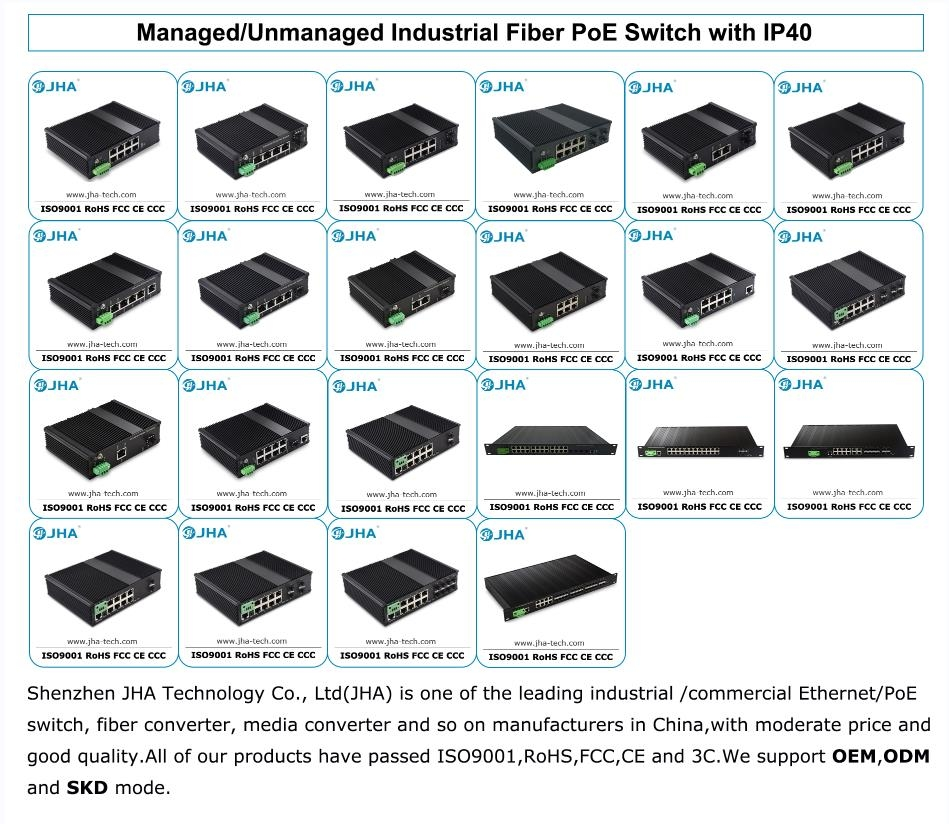In this article, we will discuss the basics of network switches and explore key terms such as Bandwidth, Mpps, Full Duplex, Management, Spanning Tree, and Latency. Whether you are a networking beginner or someone looking to expand your knowledge, this article is designed to help you gain a comprehensive understanding of network switches.
Network switches are an integral part of modern computer networks, allowing devices to connect and communicate within a local area network (LAN). They play a vital role in directing network traffic efficiently and securely. An important aspect of switches is their ability to handle the amount of data transferred, measured in bandwidth.
Bandwidth is a key factor when considering switch performance. It determines the speed at which data is transferred within the network. Higher bandwidth means greater data transmission capacity, resulting in faster network speeds. The switch should have sufficient bandwidth to handle the amount of data expected to be transferred over the network.
Another important metric to consider is Mpps, which stands for millions of packets per second. Mpps measures the rate at which a switch processes and forwards packets. The higher the Mpps value, the faster the forwarding capability, enabling seamless data transmission within the network.
The switch also supports full-duplex communication, enabling simultaneous data transmission and reception. In full-duplex mode, data can flow in both directions simultaneously, effectively doubling network capacity. This is in contrast to half-duplex mode, where devices take turns sending and receiving data.
Effective management of switches is critical to maintaining network performance. The switch can be managed locally or remotely through the management interface. Local management typically involves accessing and configuring the switch directly through the console port, while remote management allows centralized control and monitoring of multiple switches from a single location.
An important feature of network switches is Spanning Tree Protocol (STP). STP prevents loops in the network, which can lead to broadcast storms and network congestion. It allows switches to build loop-free topologies by designating one switch as the “root bridge” and selectively blocking certain ports to avoid redundant paths.
Post time: Nov-10-2023








